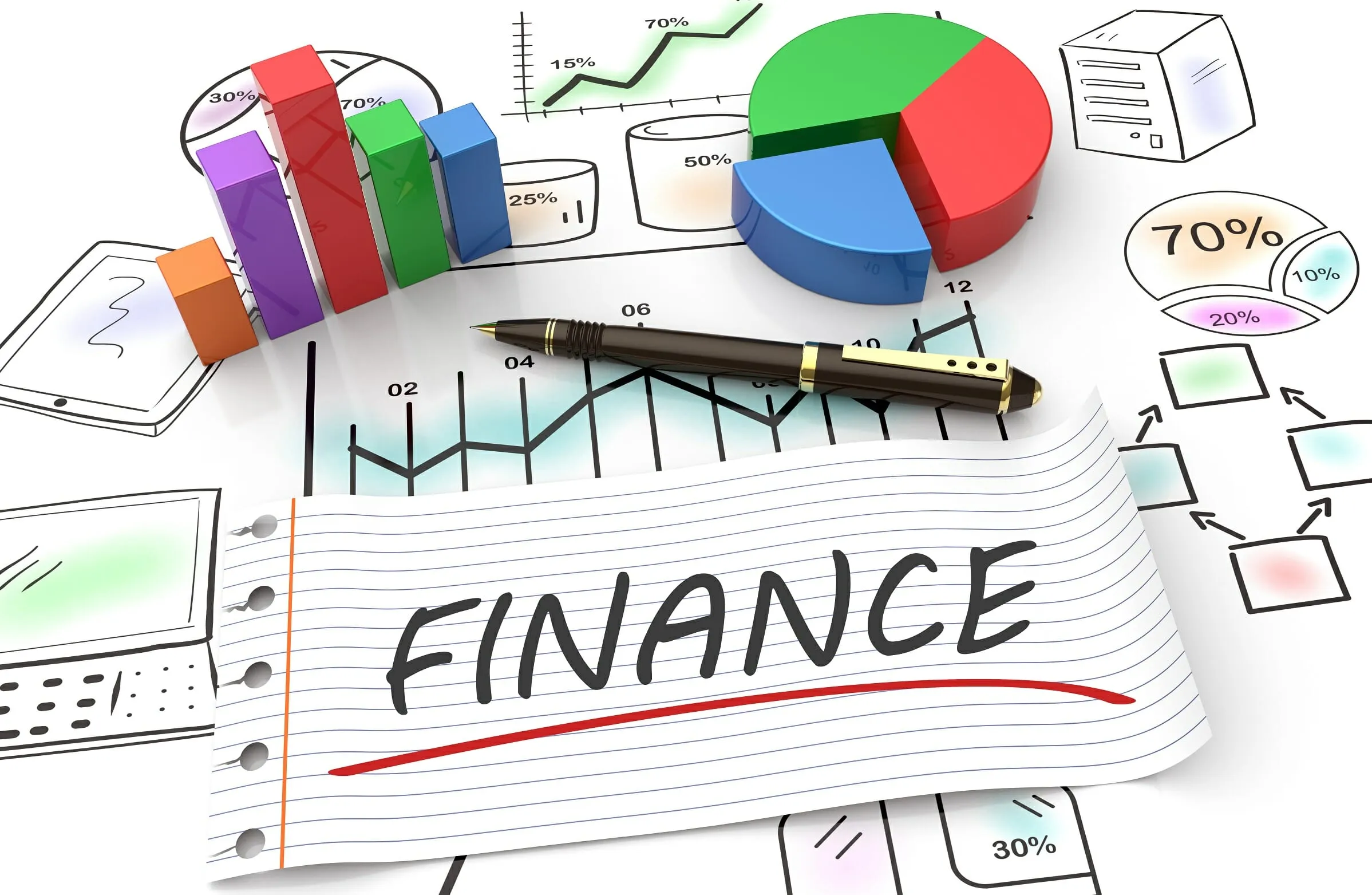Managing your finances is a crucial life skill that everyone should master, but many find budgeting intimidating. The idea of tracking every expense, cutting out luxuries, or adjusting long-established habits can feel overwhelming. However, budgeting doesn’t have to be complicated or restrictive. It is an essential tool that can help you understand where your money goes, save for your goals, reduce debt, and build long-term financial stability.
In this article, we’ll break down budgeting basics, explain why budgeting is important, and provide simple strategies that will help you take control of your finances and work towards your financial goals with confidence.
Why Is Budgeting Important?
Before we dive into strategies, it’s important to understand why budgeting is a powerful tool for your financial health:
- Increased Financial Awareness: A budget helps you understand where your money is going. It shines a light on your spending habits and helps you identify areas where you might be overspending.
- Achieving Financial Goals: Whether you’re saving for a vacation, a down payment on a house, or retirement, a budget helps you allocate money toward your goals systematically.
- Debt Management: Budgeting allows you to prioritize debt repayment by helping you understand how much you can realistically afford to pay each month without sacrificing other essentials.
- Reduced Financial Stress: Knowing exactly where you stand financially eliminates uncertainty. With a budget, you can take proactive steps to avoid surprises and ensure you have enough money for essentials.
- Better Spending Habits: A budget holds you accountable. It encourages you to live within your means, cut back on unnecessary spending, and make intentional, informed purchases.
Simple Strategies for Effective Budgeting
Now that we understand the importance of budgeting, let’s go over some simple strategies to help you take control of your finances.
1. Track Your Income and Expenses
The first step in creating a budget is understanding your income and expenses. This is where you begin to take a closer look at where your money is coming from and where it’s going.
- Income: Start by listing all sources of income—salary, freelance work, investments, side hustles, etc. Use your after-tax (net) income as your baseline.
- Expenses: Track every expense, including fixed costs (rent, utilities, car payments, etc.) and variable costs (groceries, entertainment, etc.). It’s helpful to review bank statements or use apps that automatically categorize expenses to get a clearer picture.
Once you have an accurate overview of your finances, you can begin allocating money toward various categories.
2. The 50/30/20 Rule
One of the most popular and simple budgeting methods is the 50/30/20 rule. This approach divides your after-tax income into three main categories:
- 50% for Needs: Allocate half of your income to essential expenses—things you cannot live without, such as housing, utilities, groceries, and transportation. This category should include anything that is vital to your daily life and well-being.
- 30% for Wants: This category includes non-essential expenses that improve your lifestyle but are not necessary. This could include dining out, entertainment, vacations, shopping, and subscriptions like streaming services.
- 20% for Savings and Debt Repayment: Use the final 20% to save for future goals (emergency fund, retirement, etc.) and pay off any outstanding debt.
The 50/30/20 rule is a simple guideline to help you maintain balance in your finances, but it’s not rigid. You can adjust the percentages based on your needs, goals, and lifestyle.
3. Zero-Based Budgeting
Another simple yet effective approach is Zero-Based Budgeting. With this method, you allocate every dollar of your income to a specific category, leaving no money unaccounted for. The goal is to assign every dollar you earn a purpose—whether it’s for bills, savings, investments, or discretionary spending.
For example, if your monthly income is $3,000, you would budget your expenses in such a way that the total of all categories equals $3,000. If you’re overspending in one category (say, entertainment), you’ll need to cut back and reallocate funds from another category to stay within your budget.
Zero-based budgeting requires you to be very intentional with your spending and can help reduce waste and unnecessary expenses. It’s also a great option if you want to be hyper-focused on paying down debt or saving aggressively for a specific goal.
4. Pay Yourself First
One of the most effective budgeting strategies is paying yourself first. This simply means prioritizing savings and investments before anything else. Instead of waiting until the end of the month to save whatever is left over (if anything), set aside a portion of your income for savings or investments as soon as you get paid.
For example, you might set up an automatic transfer to your savings account the day after payday. This way, your savings are treated as a fixed expense—just like your rent or utility bills. This habit will ensure that you build wealth over time and give you a financial cushion for emergencies or future investments.
5. Set Financial Goals
A budget is most effective when it’s aligned with your personal financial goals. Setting clear, measurable goals will help you stay motivated and ensure you’re spending money intentionally.
Some common financial goals include:
- Building an Emergency Fund: Saving 3-6 months’ worth of expenses for unexpected situations, such as job loss or medical emergencies.
- Paying Off Debt: If you have credit card debt or student loans, prioritize paying off high-interest debts first.
- Saving for Retirement: Contributing to a retirement account like a 401(k) or IRA to build long-term wealth.
- Saving for Big Purchases: Whether it’s a vacation, a home down payment, or a new car, setting specific savings goals will help you stay on track.
By breaking down your goals into smaller, achievable steps, you can stay focused and make progress over time.
6. Cut Unnecessary Expenses
As you track your expenses, you may find that you’re spending money on things that aren’t essential to your life or financial well-being. Cutting these unnecessary expenses is a powerful way to free up more money for savings or paying down debt.
Here are some common areas where you might cut back:
- Subscriptions: Review your subscriptions (streaming services, gym memberships, etc.) and cancel any that you don’t use or need.
- Dining Out: If you’re spending a lot on takeout or dining out, consider cooking more meals at home to save money.
- Impulse Purchases: Impulse buying can eat away at your budget quickly. Try setting spending limits and waiting 24 hours before making non-essential purchases.
These small adjustments can add up over time and give you more control over your finances.
7. Use Budgeting Apps and Tools
If the idea of managing your budget with pen and paper or spreadsheets sounds overwhelming, consider using budgeting apps to automate the process. Many apps connect directly to your bank accounts, track your spending, and even categorize expenses for you. Some popular budgeting tools include:
- Mint: A free app that automatically tracks your spending, bills, and goals, helping you stay on top of your budget.
- You Need a Budget (YNAB): A budgeting software that uses a zero-based budgeting approach, helping you give every dollar a job.
- PocketGuard: A simple app that helps you track your spending, set goals, and save more by identifying areas where you can cut back.
Using an app can save you time and help you stay organized, especially if you have multiple income streams or expenses to track.
Conclusion
Budgeting doesn’t need to be overwhelming or restrictive—it’s simply a tool to help you take control of your finances and work toward your goals. By implementing these simple strategies, you can create a personalized budget that works for you, helping you save for the future, pay down debt, and spend with intention.
The key is consistency and mindfulness. Review your budget regularly, adjust as needed, and stay focused on your financial goals. Over time, the discipline of budgeting will give you more confidence in your financial decisions and improve your overall financial health.
Key Takeaways:
- Track your income and expenses: Know where your money is coming from and where it’s going.
- Use simple budgeting methods: The 50/30/20 rule and zero-based budgeting are easy approaches to managing finances.
- Pay yourself first: Prioritize savings and investments before spending on other expenses.
- Set financial goals: Align your budget with specific savings, debt repayment, and investment goals.
- Cut unnecessary expenses: Identify and reduce non-essential spending to free up money for more important goals.
- Use budgeting apps: Apps can automate tracking and categorizing expenses, making budgeting easier.
By adopting these strategies and being consistent, you can build a solid foundation for financial freedom and achieve your financial goals.

